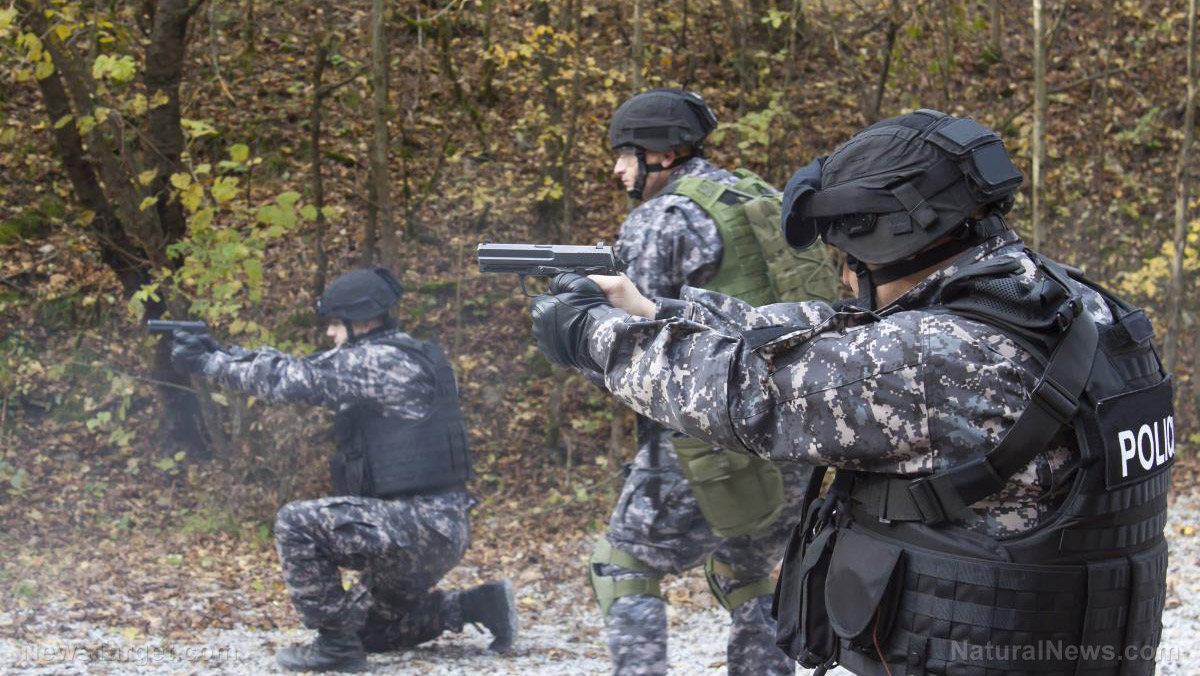
As a report about the agency's most recent efforts state, they are looking for ways to "buy some extra time" for soldiers who are injured on the battlefield. Instead of trying to get medical care faster to the soldiers, DARPA wants to slow down time itself to increase the chances of a soldier's survival.
They plan to do this through a new method they call Biostasis, which is designed to "slow life to save life," according to an official statement. It works by slowing down the body's various biochemical reactions until a person's body ends up in a suspended state, so that time can simply pass by until medical attention finally arrives.
According to Tristan McClure-Begley, they got their inspiration for the method from tardigrades, tiny creatures that are known for their incredible feats of resilience and survivability. "Nature is a source of inspiration," he explained. "At the molecular level, life is a set of continuous biochemical reactions." So with their method, they aim to slow down these biochemical reactions and ultimately slow down aging and prevent wounds and injuries from becoming worse before being treated.
Tardigrades, colloquially known as water bears, are microscopic creatures that can survive extremely harsh conditions such as being exposed to massive amounts of radiation or being completely dehydrated, even up to hundreds of years. They can accomplish this through performing what is referred to as cryptobiosis, wherein all of their metabolic processes seem to stop completely, yet they are still alive. (Related: Eight-legged tardigrades are the ultimate doomsday survivors and can live 30 years without food or water).
McClure-Begley said that the new treatment method is only meant to serve as an intervention. "Our goal with Biostasis is to control those molecular machines and get them to all slow their roll at about the same rate," he remarked. "so that we can slow down the entire system gracefully, and avoid adverse consequences when the intervention is reversed or wears off."
It is said that the program under which Biostasis was developed is at the center of a much bigger effort that was initiated to directly address the need for additional time in continuously operating biotech systems when there are catastrophic or life-threatening events going on.
As of now, although they've made great progress with the method, actual preservation of bodies as they await much-needed medical attention is still a bit far from becoming a reality. There are still plenty of technical issues standing in the way.
For now, the scientists at DARPA are looking to perfect their way of slowing down biochemical processes in various types of cells and tissues, and eventually scale their way up to full-size live organisms. If successful, their methods could even be applied to other things like prolonging the shelf life of certain food products and other kinds of perishable items. It's only a matter of time until they manage to make the most out of this concept.
Read more about future biotech solutions in Biotech.news.
Sources include:
Please contact us for more information.



















